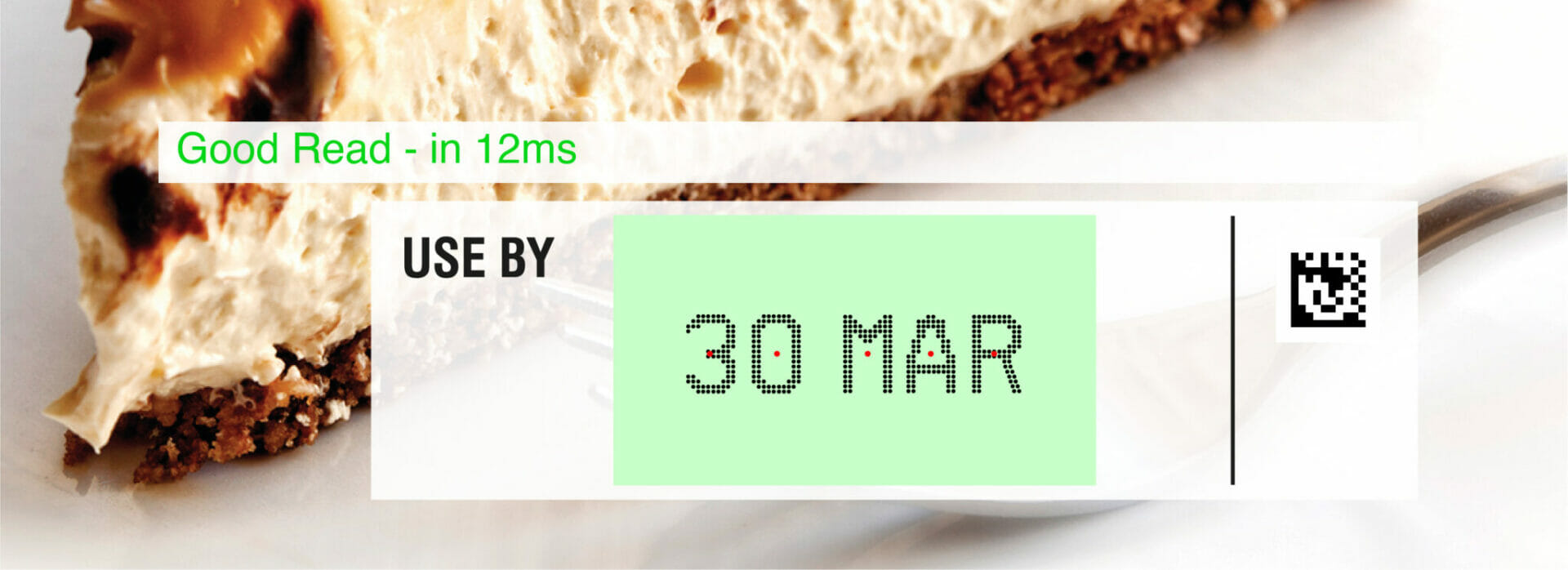The difficulty of checking the presence, location and legibility of print, barcodes and specific artwork on packaging can not be underestimated and the launch of 4Sight last year addressed some of these issues. Working with SICK, we have been able to show how customers can avoid expensive reworks, packaging waste and, worse case scenario, retailer fines by ensuring all products leave the factory with legible codes in the correct location.
The 4Sight application has already received global interest, particularly from customers looking for an alternative to expensive OCR/OCV products. 4Sight uses a different, focussed approach to inline print quality inspection which does not follow the usual OCR/OCV route of teaching fonts. By using our detailed understanding of coding equipment and the characteristics of what they print, AutoCoding Systems has been able to develop a product which is adaptable to differing requirements, putting the user at the core of what they deem to be acceptable print quality – taking into account factors such as printing technology, speed of line and processing time.
The unique feature of 4Sight is Inspection Depth which gives users the choice to define the level of quality required for their inspection. The objective is to determine, with a high level of confidence, that the print is of adequate quality for the specific application. The user can decide on the print quality tolerance thresholds to define what is considered a good read, bad read and poor read on a per product basis. The deeper the inspection depth, the greater the processing time, but even at the highest inspection depth with the lowest tolerances, delivering exceptional results both in terms of quality and accuracy, the speed of inspection is faster and more reliable than conventional OCR.
The latest version of 4Sight delivers even more flexibility and functionality than its predecessor. With the ability to combine inspections, multiple inspections can take place simultaneously. Users will have the ability to configure up to 4 different inspections, including print, barcodes or artwork, across a range of up to 4 cameras. For example, one camera could perform a print inspection in two different areas of the field of view, each with its own region of interest and settings. Alternatively, one camera could perform a print inspection plus a 2D barcode read in the same area, whilst another camera inspects specific packaging artwork.
With three different set-up options; standalone, printer-led or integrated into a code deployment solution; even greater flexibility is offered. The newly enhanced HMI offers users easy-to-navigate, clear drop-down menus, with explanatory descriptions where relevant. The step-by-step Wizards ensure that new users, with the relevant permissions, can hit the ground running, creating new inspection configurations or loading existing inspection configurations with ease.
Managing Director, Mike Hughes, stated, “The 4Sight product is a game-changer when it comes to automatic print inspection. Many companies veer away from automatic print inspection because historically it’s been expensive, unreliable and complicated to set-up. 4Sight alleviates these fears by offering a viable alternative to OCR/OCV methodology. Many applications outside of pharmaceutical now don’t need to rely on OCR/OCV. 4Sight offers the accuracy of OCR but at a consistent level without the usual nuisance stops. It allows an acceptable level of print degradation, specified by the user, before determining that the print is a bad read.”







